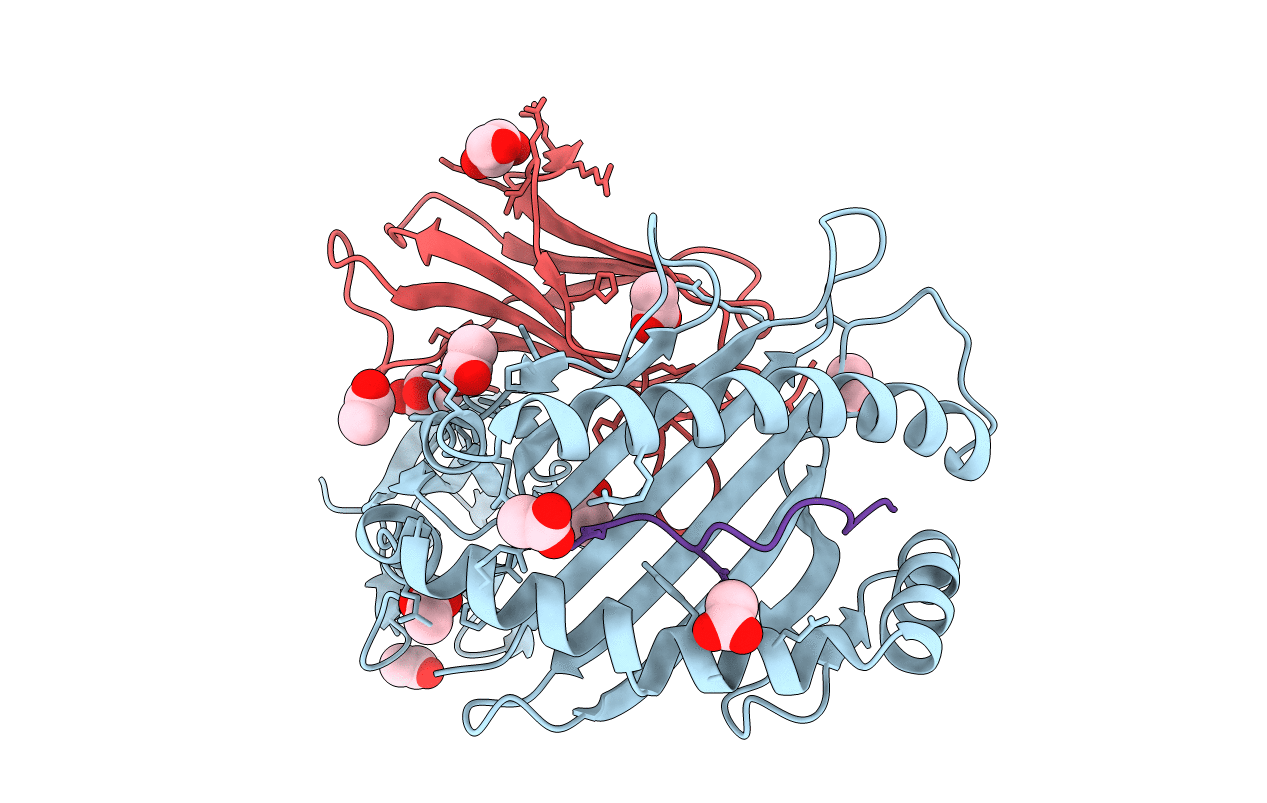
Deposition Date
2008-07-23
Release Date
2009-01-27
Last Version Date
2024-10-16
Entry Detail
PDB ID:
3DX6
Keywords:
Title:
Crystal Structure of B*4402 presenting a 10mer EBV epitope
Biological Source:
Source Organism:
Homo sapiens (Taxon ID: 9606)
Host Organism:
Method Details:
Experimental Method:
Resolution:
1.70 Å
R-Value Free:
0.25
R-Value Work:
0.20
R-Value Observed:
0.21
Space Group:
P 21 21 21


